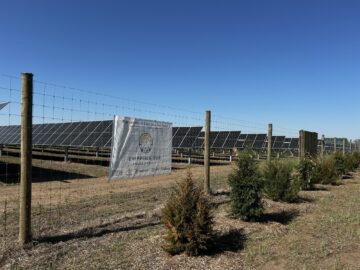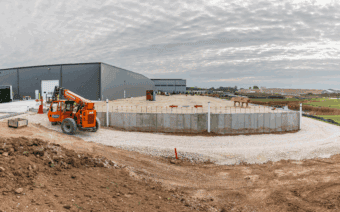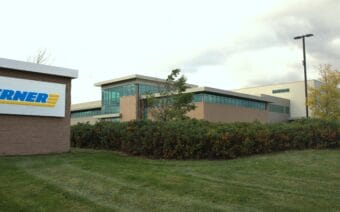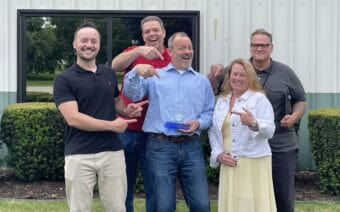September 8, 2022
The terms sustainability, green and environmentally-conscious are often used interchangeably when the intent is to stay eco-friendly – meaning not harmful to the environment.
When deciding whether to renovate an existing space or build new, it can be overwhelming for many.
Adding eco-friendly elements and practices into the process can create unnecessary added strain to an already stressful time.
However, with the help, your team can navigate the entire process, while feeling confident about your company’s building decisions and their impact on the environment.
Whether making small renovations or starting new construction, here are some eco-friendly options and items to consider for each phase of your design-build process:
Planning
When beginning the process, it’s important to find a building partner that can help you match your company’s wants and needs with eco-friendly solutions and practices.
If being environmentally conscious is important to you for your project, choose a firm with the same focus – they’ll help you meet your goals while staying within budget and sharing what is and isn’t feasible for your project.
They can also help strategize on how to fulfill environmental accreditations or certifications you may want to pursue.
Design and construction
The aesthetics and functionality of your workspace don’t need to be sacrificed to help benefit the planet – care for the environment can come in the form of interior, exterior and landscape design.
In recent years, there have been great strides made with building materials created through recyclable programs, such as flooring.
If you’re renovating, prior to demolition, review which items can be saved, reused, repurposed or even donated to save money and resources.
Windows and lighting options provide a wide range of style and sustainable solutions through natural light and energy-efficient lighting systems.
Speaking of which, landscape architecture can also help increase daylighting and decrease unwanted heat or cold.
Smart construction practices don’t need to compromise on safety, utilization of resources or the environment.
Again, it’s important to choose a firm or contractor that prioritizes sustainability, so you won’t have to worry about any shortcomings when it comes to your project.
A working building
For those looking to integrate a few changes and functionality into their existing space, there are plenty of eco-friendly options without having to heavily renovate.
Updating furnishings or materials in the space with environmentally friendly or recycled materials is a great start.
Replacing or resealing windows or repairing cracks where heat can escape is another.
For a greater impact on the environment and your wallet, solar power and other energy solutions may be the way to go.
Solar power can be incorporated into existing buildings, producing significant cost savings and reducing the carbon footprint.
Eco-friendly upgrades don’t need to cost an arm and a leg or happen overnight.
Taking time to decide which options are best for your space, needs and budget will pay off in the long run and benefit both you and the environment.
Nicole Melotte is a business developer at Hoffman Planning, Design & Construction, Inc. in Appleton.
 Chippewa Sun rises with solar energy momentum
Chippewa Sun rises with solar energy momentum Pharmacy innovation meets family values in Shawano
Pharmacy innovation meets family values in Shawano








